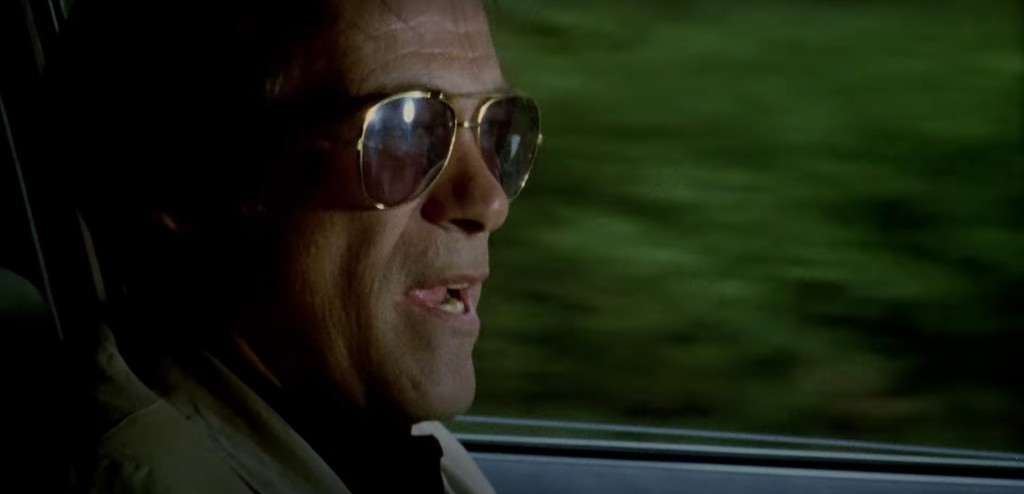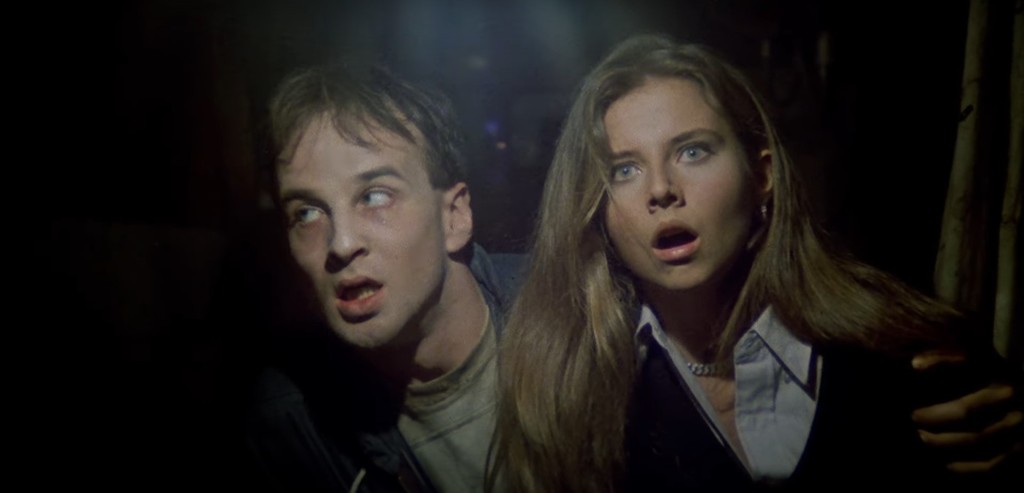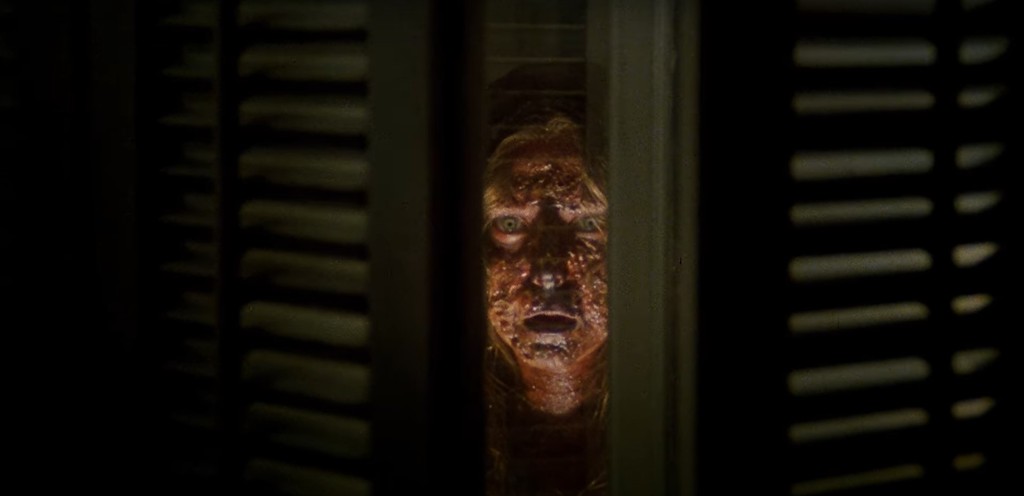
Beware the “Phantom of Death” as He’s Envious of Your Age!
Prominent pianist Robert Dominici has a wonderful life – a lustrous career, handsome features that attract wealth and women, and a loving girlfriend who’s willing to forgo marriage and children just to be with him. When Dominici is diagnosed with Progeria, a rare disease that suddenly ages him in rapid succession, ill fating his life for certain death, his mind becomes affected by the disease, causing him to go mad, and reduces him to a killing spree that not only takes the life of his primary doctor overseeing his unique case but also his girlfriend. Inspector Datti assigns himself to the investigation that sees baffling DNA evidence pointing toward killers of different ages, but Datti is for certain only one man is responsible for the heinous crimes, Robert Dominici. Unable to prove Dominici the murderer and receiving taunting phone calls from the killer, Inspector Datti feels he too is becoming obsessively mad in his inability to apprehend a killer.

With a core base line where elements of the “The Phantom of the Opera” are used and roping in a relatively rare medical disease that usually arises in children known as Progeria, what you get is the 1987 upfront slasher-thriller “Off Balance.” Also known around the globe by alternative titles, such as “Phantom of Death,” “A Face,” and “An Uncommon Crime,” as well as it’s original Italian production title. “Un delitto poco commune,” “Off Balance” is directed by “Cannibal Holocaust” and Italian filmmaker Ruggero Deodato and penned by the trio of Gianfranco Clerici (“Cannibal Holocaust”), Vincenzo Mannino (“Devil Fish”), and Gigliola Battaglini (“The Sweet House of Horrors”). Writers Clerici and Mannino, both of whom at the time had collaborated relationship with predecessor scripts including “Devil Fish,” “Murder-Rock,” “New York Ripper,” and “House on the Edge of the Park,” produce the venture alongside more carte blanch genre producer Pietro Innocenzi (“Cop in Drag,” “Quiet Days in Clichy”). DMV Distribuzione, Tandem Cinematografica, and Globe Films are behind the production of the film.
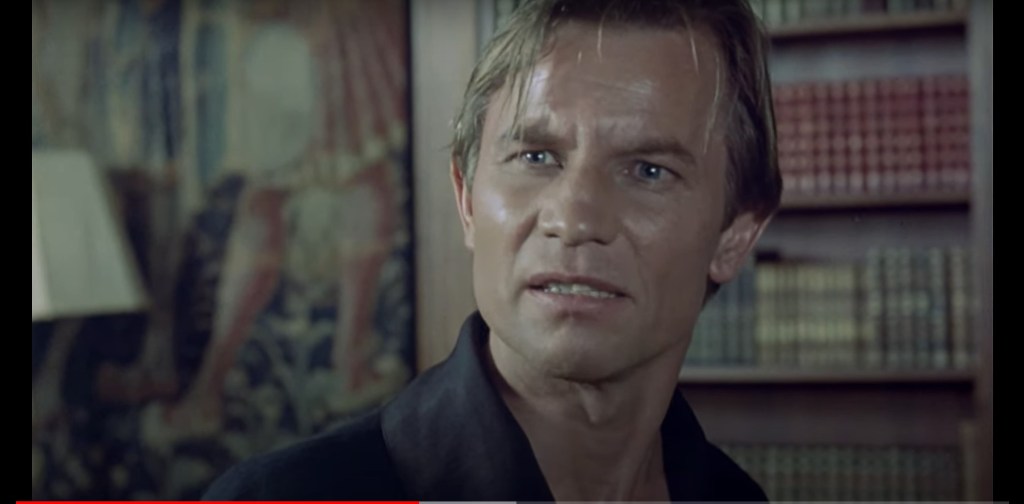
There’s nothing off balanced about the film’s renowned cast that has some significant, if not oddly elected, names to really grab an audience’s interest with a trio of foreigners for an Italian production set in Italy itself. English actor Michael York (“Logan’s Run,” “The Island of Dr. Moreau) with his impeccably breathy English accent, plays the pseudo-phantom pianist processed by progeria to be a piqued killer. With his youth stolen and never given the time to grow old, Robert Dominici has much motivational meat to chew on maniacally and York hams it up on every bite. Though like a sore thumb as English actor pretending to be Italian, York does have some powerful moments communicating his character’s woes and resentment toward his Maker in a confessional exchange with a priest and friend. The scene is quite moving as York sells his grievances with great emotional flexing. Across the aisle is another British actor playing Inspector Datti; the impeccable “Halloween” and “Prince of Darkness” actor Donald Pleasence finds catching a killer aging to the extreme every second can make one loose their cool, especially when being taunted by the said killer. However, between the two English actors, there is an off balance in performances. Pleasence seems a bit lost or emotionally void in the role, not exuding the amount of vehemence he had as Dr. Loomis in the “Halloween” movies, especially when his onscreen daughter Gloria (Antonella Ponziani, “Tango Blu”) is threatened. Pleasence does have his radical time to shine of purging out a tormented man’s anguish in a guerilla moment of yelling for the killer amidst a crowded plaza. French actress, yet starlet face of many giallo and other Italian productions, Edwige Fenech (“The Case of the Bloody Iris,” “Dr. Jekyll Likes Them Hot”) plays the sweeping in lover to Robert Dominici shortly after Dominici’s girlfriend Susanna (Mapi Galán, “Killer Tongue”) falls victim to a perforating spear through the neck region. Fenech matches the mature status of Robert Dominici in age and in grace with the voluptuous brunette staking a claim as Hélène, a woman madly in love with the pianist from the moment she laid eyes on him. York and Fenech have onscreen chemistry spoken in layers through their longing stares and mostly through what’s vocally unsaid, a clear definition of what each of them desire which for Dominici is a continuation of being a murderous playboy and for Hélène a romantic affair that leads to possibly marital happiness. Fabio Sartor (“The Passion of the Christ”), Caterina Boratto (“Salò, or the 120 Days of Sodom”), Renata Dal Pozzo, Lewis E. Ciannelli (“Evil Senses”), Carola Stagnaro (“Tenebrae”), and Giovanni Lambardo Radice (“City of the Living Dead”) round out the Italian cast list for “Off Balance.”
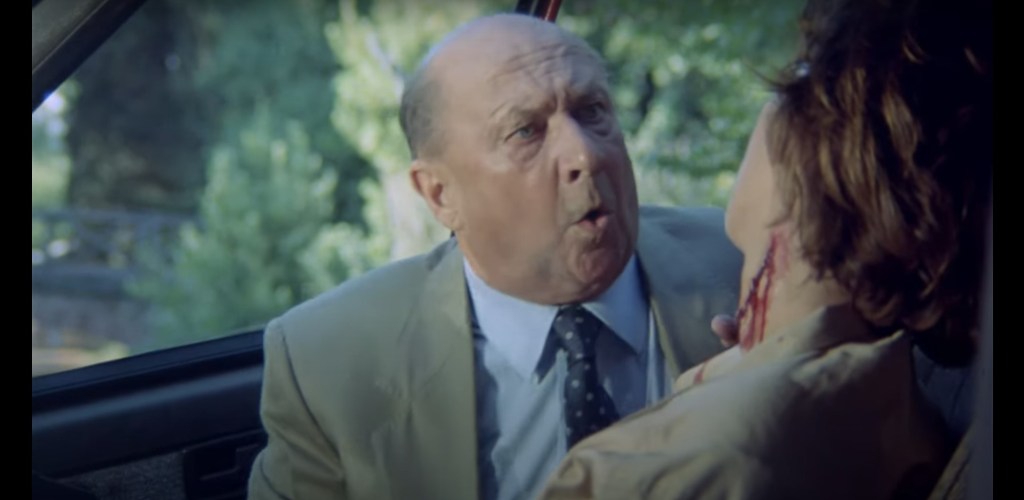
Not even a decade after his successful, controversial, nearly-placed-under-incarceration film, “Cannibal Holocaust,” director Ruggero Deodato found himself floating in a quickly draining pool of receding Italian cinema. Many producers aimed to play the safe card with their investments, removing provocative and bold projects from their goal list in order to reach broader audiences with a less intense story. “Off Balance” lies on the cusp of that goal and you can tell through the final product that this type of cinema wasn’t at the top of Deodato’s interests. However, Deodato makes the best of it by turning out a unique tale of one man’s success squandered by an unfortunate disease and how that rapid decline drives him insane, and yet at the same time spiteful against God and everyone else with extremely selfish intent. “Off Balance,” in its very title, is a mental health movie of how one can’t cope knowing their terminal fate, especially a gifted, good-looking person with promising talent. Instead of depression-led suicide, vanity takes the reins and one last crusade against those healthy, those chasing him, and those bearing his legacy must pay the price for his unfortunate state. Deodato peppers lightly the graphic depictions of death with a neck motif – a blood gushing sword slice to the carotid artery, a couple of speared jugulars, and a Venezuelan special on one young cop – and really has York dig deep into his character’s waning psyche, which wasn’t stable to begin with, but the ending for both Dominici and Inspector Datti come to an unspectacular end, a resolution unresolved, that literally just peters out.
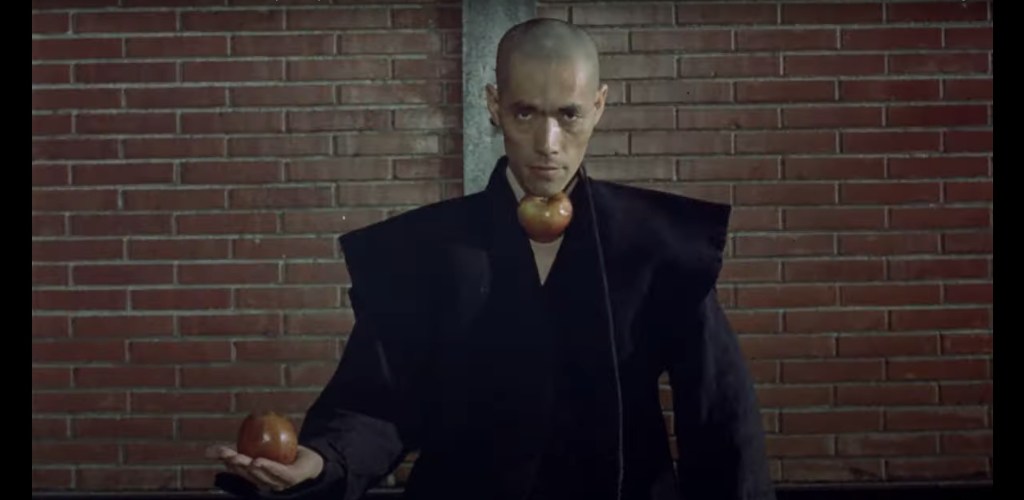
In any case, “Off Balance” leaves a lasting impression, now available on a Cauldron Films North American Blu-ray release, the film’s world debut on 1080p, high-definition format. The AVC encoded, dual-layered BD50 houses the European 1.66:1 aspect ratio presented film uncut and restored in 2K from the camera negative. A near pristine video transfer with little-to-no damage or print dust or dirt to note, where it shines in detail and damage-free elements, the transfer lacks in retouched grading and visual pop with a limited color diffusion. While I don’t consider “Off Balance” to be a true giallo – there is no murder mystery for much of the story – there’s a flat palette at work with a blanch quality to the overall scheme. Depth creates a fine delineation that the darker outlines, the shadows, create that space, especially when the spear through the neck sends a woman bursting through a glass door, a Dino Galiano (“Four Flies on Grey Velvet”) special effect; the definition greatly exceeds in the scene with the help of light contrasting elements. Two audio options are available, an English DTS-HD Stereo master audio and an Italian 2.0 stereo. “Off Balance” is one of the few Italian productions to use some in scene audio on the English version. York, Pleasence, and a few of Fenech lines are naturally recorded in the milieu ambience, blended with mostly dubbed Italian supporting actors and there is even ADR of the actual actors’ voices, perhaps to clean up some of the more intelligible or obstructed audio layers. The organic audio files project more depth when up against ADR dialogue but, in either case, the dialogue is clean, clear, and full bodied. English subtitles are available on the Italian dub and the English track. Cauldron Films’ special feature include An Uncommon Director, a July 2022 interview with Ruggero Deodato, one of his last before his death a 6 months later, a feature-length commentary by film historians Troy Howarth and Eugenio Ercolani, and English and Italian versions of the trailer. The double-sided front cover is quite appealing with a Cauldron Films giallo inspired, illustrated composition as the primary cover with a “Phantom of Death” one-sheet opposite in the interior. The disc is pressed with the same primary image and there are no other tangible trimmings with this standard, clear Amaray release. Confirmed a hard region A playback, Cauldron Films releases the 92-minute, uncut version.
Last Rites: Not a Deodato favorite amongst his work but to fans “Off Balance” is a treasured Italian thriller with interdisciplinary talent and performances that finally sees the high-definition light of day!



